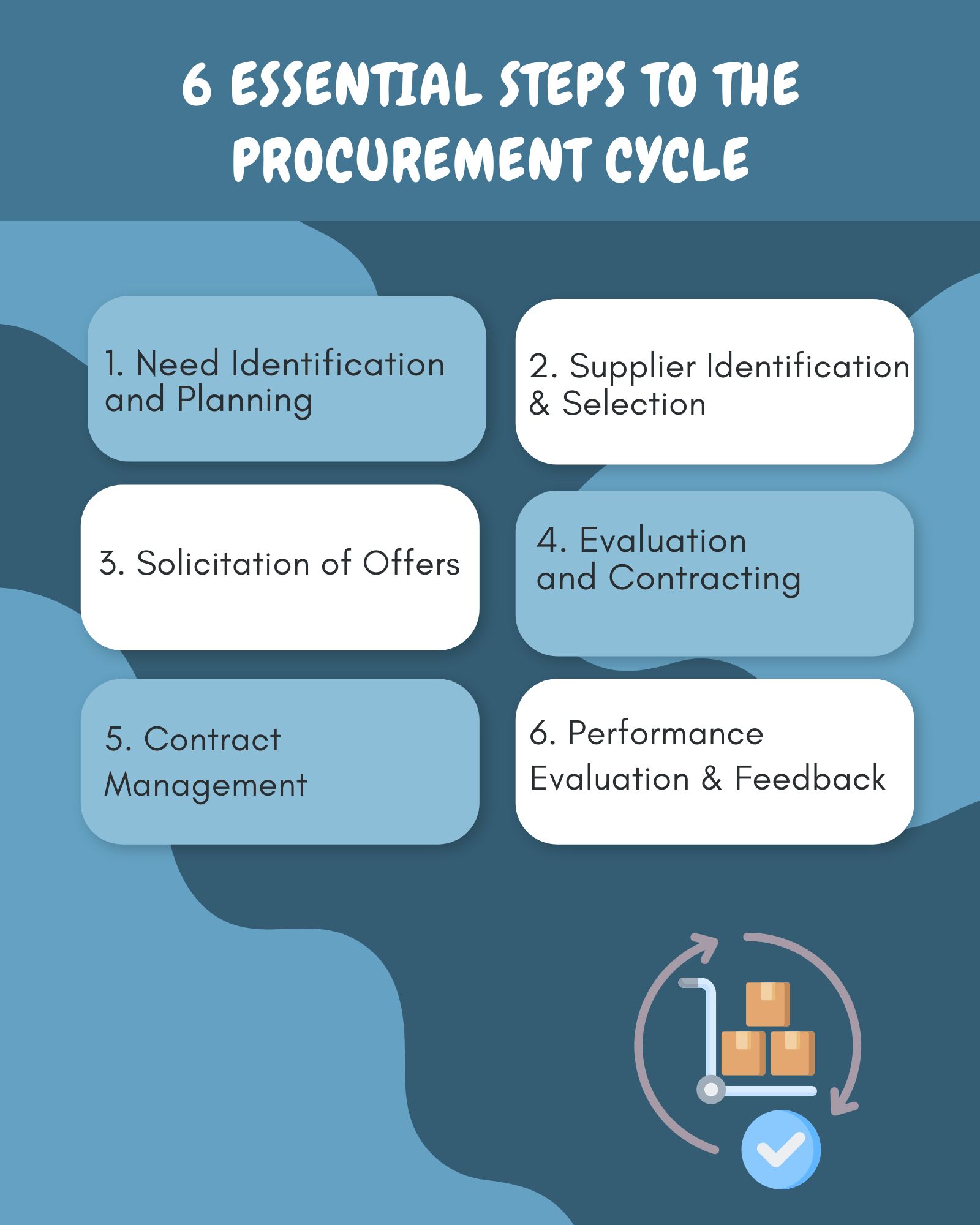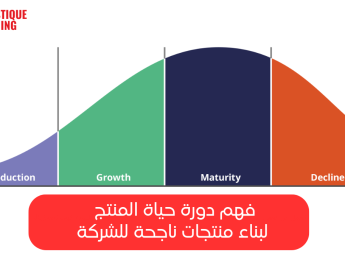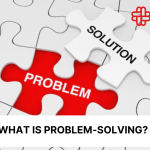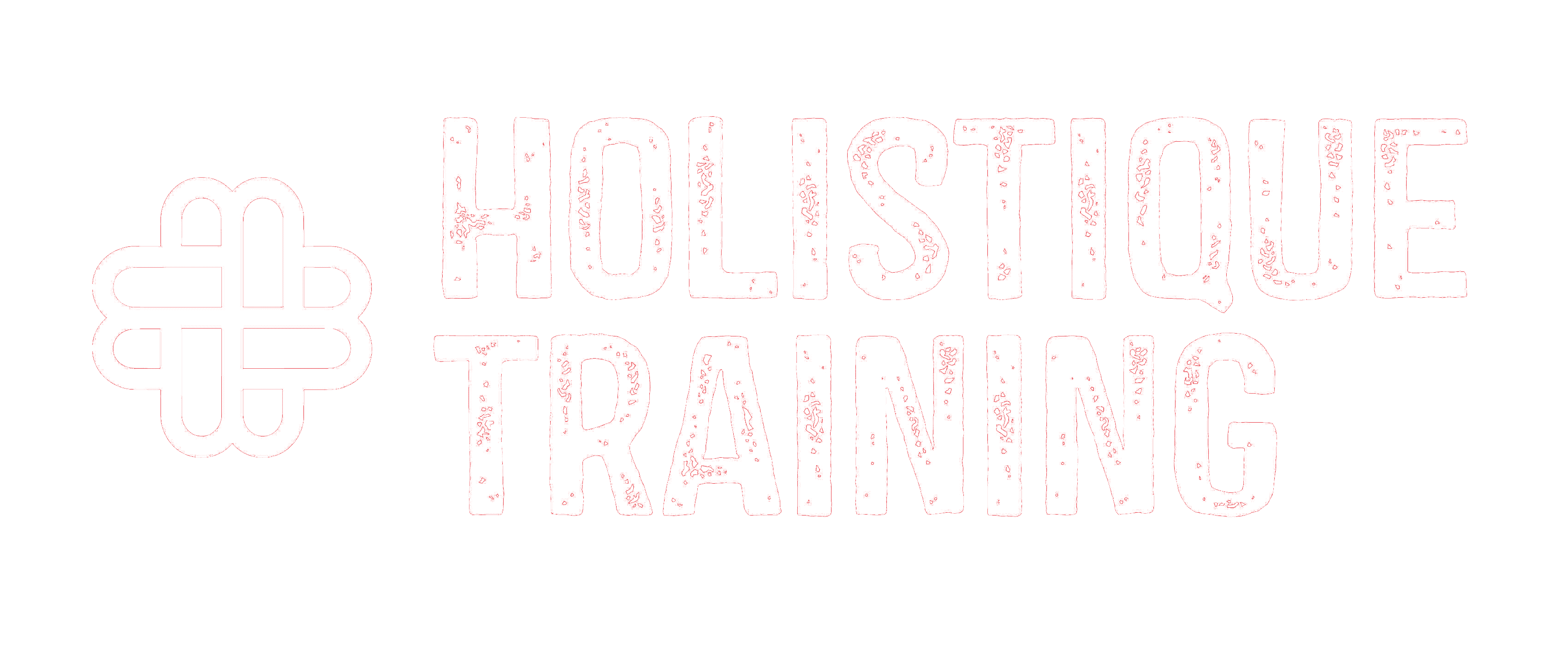- Table of Contents
- Introduction
- What Is the Procurement Cycle?
- The Cyclical Nature of Procurement
- Balancing Rigidity and Flexibility
- The Goal of Public Procurement
- Value for Money
- Transparency
- Competition
- Accountability
- Benefits of the Public Procurement Cycle
- Cost Savings
- Quality and Reliability
- Innovation
- Local Economic Development
- 6 Essential Steps to the Procurement Cycle
- 1. Need Identification and Planning
- 2. Supplier Identification and Selection
- 3. Solicitation of Offers
- 4. Evaluation and Contracting
- 5. Contract Management
- 6. Performance Evaluation and Feedback
- Why Economies Should Embrace E-Procurement
- Transparency
- Cost Savings
- Efficiency
- Vendor Management
- Economic Growth
- Interesting Aspects of Public Procurement
- Sustainable Procurement
- Public-Private Partnerships (PPPs)
- Digital Transformation
- Leveraging Data Analytics in Public Procurement
- Data-Driven Procurement Decisions
- Predictive Analytics for Demand Forecasting
- Monitoring and Compliance
- The Role of International Collaboration in Public Procurement
- Bilateral and Multilateral Agreements
- Harmonisation of Procurement Standards
- Supplier Diversity and Global Sourcing
- Conclusion
Introduction
Public procurement is a critical process that enables governments and public organisations to obtain the necessary resources to meet their objectives. It operates on a well-structured framework known as the procurement cycle, consisting of a series of interconnected steps. In this comprehensive exploration, we will delve into the procurement cycle, its purpose, the six essential steps that compose it, and the benefits it offers. Additionally, we will discuss the importance of embracing e-procurement systems for modern economies and touch upon some intriguing aspects related to public procurement.
What Is the Procurement Cycle?
The procurement cycle is a systematic and well-structured process that public organisations follow to acquire goods, services, or works efficiently and effectively. It is not a mere administrative procedure but a strategic approach that involves careful planning, execution, and oversight. The cycle serves as a roadmap, guiding organisations from identifying their procurement needs to monitoring supplier performance. Let's delve deeper into the nuances of the procurement cycle.
The Cyclical Nature of Procurement
The term "procurement cycle" itself underscores its repetitive and cyclical nature. Public organisations often require goods, services, or work on an ongoing basis. These needs can vary in scale, complexity, and urgency. The procurement cycle accommodates this variation by providing a structured framework that can be applied repeatedly, adapting to the unique requirements of each procurement instance.
This cyclical nature ensures that public organisations continually reassess their procurement strategies, incorporating lessons learned from past experiences. It allows them to refine their approaches, stay abreast of market developments, and adapt to changing organisational objectives. Thus, the procurement cycle isn't static but evolving, enabling organisations to achieve better outcomes with each iteration.
Balancing Rigidity and Flexibility
The procurement cycle strikes a balance between rigidity and flexibility. It offers a standardised set of steps organisations must follow to ensure transparency, fairness, and accountability. These steps are designed to uphold fundamental procurement principles, such as competition and value for money. However, within this structured framework, organisations have room for flexibility to tailor their procurement activities to specific needs.
For instance, while certain procurement principles remain constant, such as open competition, the methods employed within these principles can vary. Some procurements may be better suited for open bidding, while others may benefit from a prequalification process. The procurement cycle accommodates such variations, allowing organisations to choose the most appropriate methods and criteria for each procurement while still adhering to overarching principles.
In essence, the procurement cycle is a dynamic and adaptive process that empowers public organisations to navigate the complexities of procurement efficiently and effectively, ensuring that the goods, services, or works acquired meet the organisation's needs and the public interest.
The Goal of Public Procurement
Before we dive into the details of the procurement cycle, it's essential to understand its overarching goal - to acquire resources that efficiently fulfil the public organisation's needs. Several key objectives underpin this goal:
Value for Money
At its core, public procurement seeks to deliver "value for money." This concept involves obtaining goods or services at the lowest cost and ensuring that these acquisitions represent an optimal balance between quality, cost, and long-term sustainability. Value for money implies that public funds are used judiciously, avoiding waste or inefficiency while obtaining the highest possible return on investment.
To achieve value for money, public organisations conduct rigorous evaluations, considering the initial purchase price and the total cost of ownership. This includes factors like maintenance, operating costs, and the expected life cycle of the procured items. The goal is to make decisions that minimise expenses over the entire lifespan of the asset or service, ultimately benefiting both the organisation and the taxpayers.
Transparency
Transparency is a foundational principle in public procurement. It emphasises the importance of conducting procurement activities openly, honestly, and fully disclosing information. Transparent procurement processes allow all stakeholders, including potential suppliers and the public, to understand how decisions are made, who the key players are, and why specific choices are preferred.
A transparent procurement process promotes trust and confidence among all parties involved. Suppliers are likelier to participate in competitions when they believe the process is fair and unbiased. Citizens, as ultimate stakeholders, can scrutinise procurement decisions, ensuring accountability and preventing corruption. Ultimately, transparency enhances the legitimacy of public procurement and reinforces the democratic principles of governance.
Competition
Competition lies at the heart of effective public procurement. By creating a competitive environment, public organisations encourage suppliers and service providers to strive for excellence, innovate, and continuously improve their offerings. Competition can drive down costs, improve quality, and broaden the range of options available to public organisations.
Moreover, competition incentivises suppliers to develop innovative solutions that can address complex challenges public organisations face. This can lead to advancements in technology, sustainability, and service delivery. Ultimately, the competition within public procurement benefits the organisations involved and the broader community by spurring economic growth and development.
Accountability
Accountability is a vital element of public procurement. It involves establishing clear roles and responsibilities, documenting decisions and actions, and scrutinizing them. Accountability mechanisms serve as checks and balances, reducing the risk of unethical conduct, favouritism, or mismanagement of public resources.
Through accountability, public organisations demonstrate their commitment to responsible decision-making. This includes adhering to laws, regulations, and procurement policies and upholding ethical standards. When procurement activities are accountable, stakeholders can have confidence that public resources are being managed in their best interests, reinforcing the legitimacy and credibility of the entire procurement process.
Benefits of the Public Procurement Cycle
Implementing an effective public procurement cycle yields numerous benefits for public organisations and society as a whole:
Cost Savings
The procurement cycle enables organisations to identify cost-saving opportunities through market research, negotiation, and selecting the most economically advantageous offers. This can lead to significant savings for the public budget.
Quality and Reliability
Public organisations can set specific requirements and evaluate potential suppliers based on their capabilities, track record, and compliance with quality standards. This ensures that procured goods or services meet desired quality and reliability standards.
Innovation
The procurement cycle promotes innovation, encouraging suppliers to propose creative solutions and new technologies. By incorporating innovation criteria into the procurement process, public organisations can benefit from cutting-edge products and services.
Local Economic Development
Public procurement can contribute to local economic development by prioritising local suppliers, promoting job creation, and stimulating regional industries. This fosters economic growth and supports local communities.
6 Essential Steps to the Procurement Cycle
The procurement cycle typically consists of six essential steps, each playing a pivotal role in the overall process. Here's an in-depth look at each step:

1. Need Identification and Planning
The first step in the procurement cycle is identifying procurement needs and careful planning. This phase involves a comprehensive assessment of the organisation's requirements, the quantity of goods or services needed, and the associated budget constraints. Effective planning sets the foundation for a successful procurement process.
During this phase, organisations consider factors such as project timelines and specific project requirements. Additionally, they identify stakeholders who will be involved throughout the procurement cycle. Detailed planning helps organisations avoid common pitfalls such as over-budgeting, underestimating needs, or missing critical deadlines.
Task | Description |
Identify procurement needs | Clearly define what goods or services are required. |
Estimate quantities | Determine how much of each item is needed. |
Define budget | Allocate funds for the procurement. |
Set timeline | Establish deadlines for each procurement activity. |
Identify stakeholders | Identify internal and external parties involved. |
Table 1: Procurement Planning Checklist
2. Supplier Identification and Selection
Supplier identification and selection are crucial steps in the procurement cycle. Organisations must carefully assess potential suppliers to ensure they meet the required qualifications and capabilities. This phase may involve conducting market research, issuing pre-qualification questionnaires, or inviting suppliers to express interest.
Selecting the right suppliers involves evaluating their past performance, financial stability, technical expertise, and adherence to ethical and environmental standards. This step is essential to ensure that chosen suppliers can deliver high-quality and reliable goods or services.
3. Solicitation of Offers
Once potential suppliers are shortlisted, organisations issue requests for proposals (RFPs), quotations, or tenders. These documents outline specific requirements, evaluation criteria, terms, and conditions. Suppliers who are interested in competing for the contract then submit their offers.
Clear and comprehensive communication is critical during this phase. Organisations must address supplier inquiries promptly, provide clarifications when necessary, and ensure that all suppliers have a fair and equal opportunity to submit their proposals. Effective communication enhances the integrity of the procurement process.
4. Evaluation and Contracting
The evaluation and contracting step involves a thorough review of the offers received. An evaluation committee assesses proposals based on predefined criteria, such as price, quality, and compliance with technical specifications. The selected supplier or suppliers are then awarded the contract, and the terms and conditions are negotiated and agreed upon.
Effective evaluation processes ensure the chosen suppliers align with the organisation's goals and requirements. Transparent scoring and evaluation procedures help maintain fairness and accountability, reinforcing confidence in the procurement process.
5. Contract Management
Once the contract is signed, contract management activities commence. This phase is crucial to ensure that the supplier fulfils its obligations as agreed upon in the contract. Contract management involves ongoing monitoring of supplier performance, managing any changes to the contract, resolving issues, and ensuring compliance with contractual terms.
Effective contract management reduces the risks associated with supplier non-compliance and ensures that the organisation receives the goods or services as expected. It also allows organisations to address any issues promptly, preventing potential disruptions or disputes.
6. Performance Evaluation and Feedback
The final step of the procurement cycle involves assessing the supplier's performance and providing feedback. This phase is valuable for maintaining supplier relationships, identifying areas for improvement, and ensuring continuous enhancement of the procurement process.
Performance evaluation includes analysing whether the supplier met the contract's key performance indicators (KPIs) and evaluating the quality and timeliness of their deliverables. Constructive feedback enables suppliers to make necessary adjustments, ultimately improving supplier performance in future contracts.
Why Economies Should Embrace E-Procurement
In today's digital age, adopting e-procurement systems presents a compelling case for economies. E-procurement leverages technology to digitise and optimise procurement processes, offering a wide range of benefits:
Transparency
E-procurement systems provide a transparent platform where all procurement-related information, including bids, evaluations, and contracts, is readily accessible to stakeholders. This transparency enhances trust and reduces the risk of corruption.
Cost Savings
Automation of procurement processes reduces administrative overhead, minimises errors, and streamlines operations, leading to significant time and resource savings.
Efficiency
E-procurement systems enable faster and more efficient procurement processes. Electronic submission of bids and documents speeds up the evaluation process, reducing procurement cycle times.
Benefits | Description |
Transparency | Enhanced visibility and openness in process |
Cost Savings | Reduced administrative costs and errors |
Efficiency | Faster, streamlined procurement operations |
Vendor Management | Better supplier database and evaluation |
Economic Growth | Stimulated competition, innovation and growth |
Table 2: Why economies should embrace e-procurement
Vendor Management
These systems facilitate better vendor management by maintaining a comprehensive database of suppliers. This makes evaluating and selecting qualified suppliers easier, fostering healthy competition.
Economic Growth
Embracing e-procurement can drive economic growth by increasing competition among suppliers, which can lead to lower prices and improved quality. Additionally, the digitalisation of procurement processes can stimulate the IT sector and create jobs.
However, it's worth noting that not all economies have fully embraced e-procurement. According to the World Bank, out of 180 economies worldwide, 26 still do not utilise a dedicated online procurement portal. This gap in adoption can seriously affect the effectiveness of their procurement systems and hinder progress toward transparency and efficiency.
Interesting Aspects of Public Procurement
Let's delve into some intriguing aspects related to public procurement:
Sustainable Procurement
Sustainable procurement has gained prominence in recent years. Public organisations are increasingly considering environmental and social factors when making procurement decisions. This involves evaluating suppliers based on their environmental practices, ethical standards, and contributions to local communities. Sustainable procurement aims to minimise the negative impacts of procurement activities and promote environmentally and socially responsible practices.
Public-Private Partnerships (PPPs)
Public-private partnerships (PPPs) are collaborative arrangements between public entities and private sector organisations. They can be powerful tools for delivering public services and infrastructure projects efficiently. PPPs often involve long-term contracts and risk-sharing mechanisms, allowing public organisations to tap into the expertise and resources of the private sector.
Digital Transformation
The digital transformation of public procurement is rapidly evolving. Blockchain technology, for example, is being explored to enhance transparency and security in procurement processes. Additionally, artificial intelligence and data analytics are helping organisations make data-driven decisions, optimise procurement strategies, and identify potential risks.
Leveraging Data Analytics in Public Procurement
In the information age, data analytics has become a powerful tool for public organisations seeking to optimise their procurement processes. By harnessing the wealth of data generated throughout the procurement cycle, governments and agencies can make more informed decisions, enhance efficiency, and improve overall outcomes.
Data-Driven Procurement Decisions
Data analytics allows procurement professionals to gain deeper insights into supplier performance, pricing trends, and market dynamics. This data can be used to identify cost-saving opportunities, negotiate more favourable terms, and select suppliers with a proven track record of delivering quality goods or services.
For example, by analysing historical procurement data, organisations can identify patterns and trends in supplier performance. This information can inform decisions about which suppliers to engage with in the future, reducing the risk of working with underperforming vendors.
Predictive Analytics for Demand Forecasting
One of the challenges in public procurement is accurately forecasting demand. Overestimating demand can lead to excess inventory and wastage, while underestimating demand can result in supply shortages. Predictive analytics can help address this issue by using historical data, market indicators, and other factors to accurately forecast future demand.
By leveraging predictive analytics, public organisations can optimise their procurement planning, ensuring they acquire the right quantity of goods or services at the right time. This not only reduces costs but also enhances service delivery to the public.
Monitoring and Compliance
Data analytics is crucial in monitoring and ensuring compliance throughout the procurement cycle. Organisations can identify discrepancies, potential fraud, or deviations from procurement policies and regulations by analysing procurement data in real-time. This proactive approach helps maintain transparency and accountability in the process.
Moreover, data analytics can help identify high-risk suppliers or contracts that may require closer scrutiny. It can also help automate compliance checks, reducing the administrative burden on procurement professionals.
In summary, the integration of data analytics into the public procurement cycle has the potential to revolutionise how governments and public organisations acquire goods and services. Organisations can enhance efficiency, reduce costs, and maintain transparency and compliance throughout the procurement process by making data-driven decisions.
The Role of International Collaboration in Public Procurement
Public procurement is not limited to national borders; it often involves international collaborations and agreements. These collaborations can significantly impact how public organisations acquire goods, services, and work. Let's explore the role of international collaboration in public procurement.
Bilateral and Multilateral Agreements
Many countries engage in bilateral or multilateral agreements to facilitate cross-border procurement. These agreements aim to promote trade, create opportunities for suppliers from different countries, and ensure fair competition.
For instance, the North American Free Trade Agreement (NAFTA) and its successor, the United States-Mexico-Canada Agreement (USMCA), govern procurement among these countries. These agreements set rules for treating suppliers from each member nation, allowing them to bid on government contracts in partner countries.
Harmonisation of Procurement Standards
International organisations like the United Nations and the World Trade Organisation work towards harmonising procurement standards and best practices across countries. This harmonisation simplifies buyer and supplier procurement by creating a common framework.
For example, the United Nations Commission on International Trade Law (UNCITRAL) has developed the UNCITRAL Model Law on Public Procurement, which serves as a template for national procurement laws worldwide. This model law promotes transparency, efficiency, and fairness in procurement processes.
Supplier Diversity and Global Sourcing
International collaboration in public procurement also opens up supplier diversity and global sourcing opportunities. Public organisations can tap into a broader pool of suppliers from various countries, increasing competition and potentially reducing costs.
Additionally, collaboration can promote the exchange of innovative ideas and best practices in procurement. Public organisations can learn from their international counterparts and implement successful strategies in their own procurement processes.
Conclusion
The public procurement cycle is the backbone of efficient, transparent, and accountable acquisition of goods, services, and works by public organisations. By adhering to the six essential steps and embracing principles of transparency, competition, and accountability, governments and public organisations can harness the benefits of effective procurement, ultimately benefiting society as a whole.
Furthermore, adopting e-procurement systems offers a path to greater transparency, cost savings, and efficiency. Modern economies that embrace these digital solutions stand to gain significantly in terms of streamlined operations and economic growth. However, all economies must recognise the importance of digital transformation in procurement to ensure they remain competitive globally. In doing so, they can continue to uphold the principles of the procurement cycle and contribute to the welfare of their citizens.
Finally, if you're eager to delve deeper into the world of procurement and enhance your skills in this field, make sure to check out our comprehensive course, ‘Procurement Sector Category Management.’ This course will equip you with the knowledge and expertise needed to excel in the dynamic realm of procurement and category management, making you a valuable asset in the public and private sectors alike. Don't miss the opportunity to elevate your procurement career—enrol in our course today!























